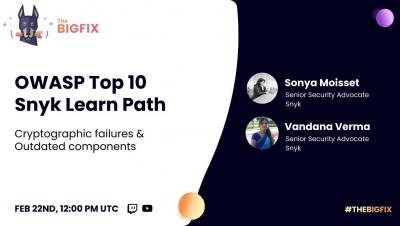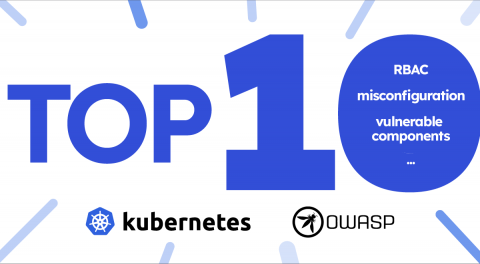Reducing the Noise: Why Vulnerability Types Matter
Most application security testing focuses on server-side vulnerabilities. While vulnerability management alerts are necessary within today’s threat landscape for increased security, your teams can quickly become overwhelmed by them. These alerts can create a lot of noise for your development teams, other IT staff, and even your business operations.











